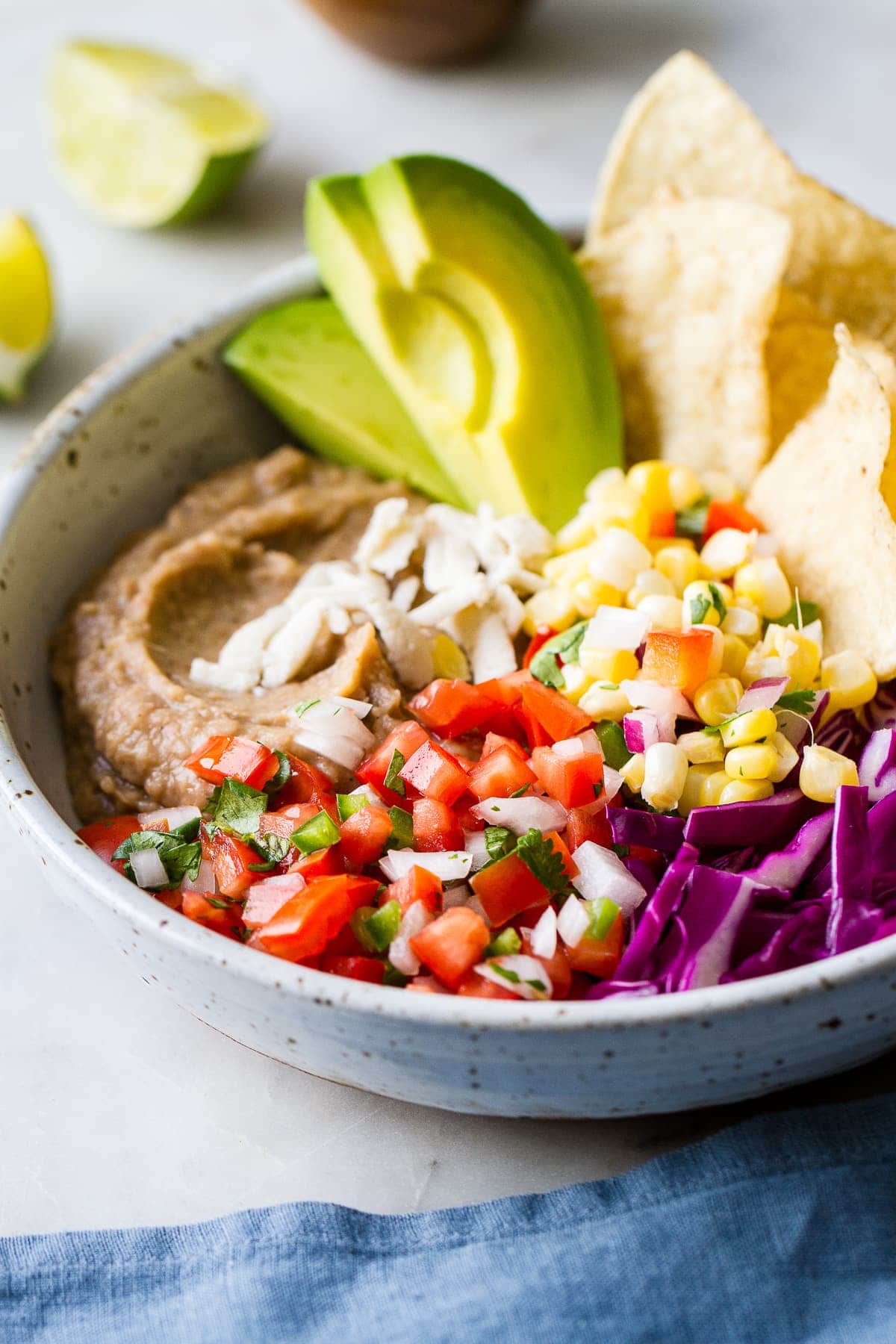
refried beans
Vegan recipes using refried beans! Browse a variety of healthy recipes using this versatile bean mixture!
Never miss a recipe! Subscribe
Vegan recipes using refried beans! Browse a variety of healthy recipes using this versatile bean mixture!